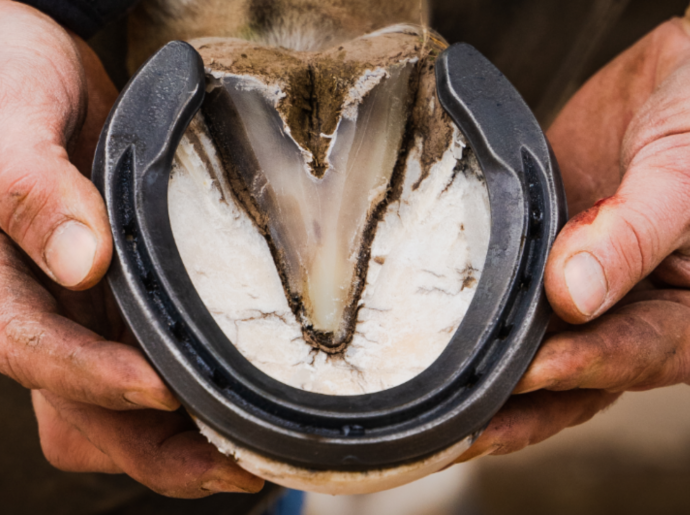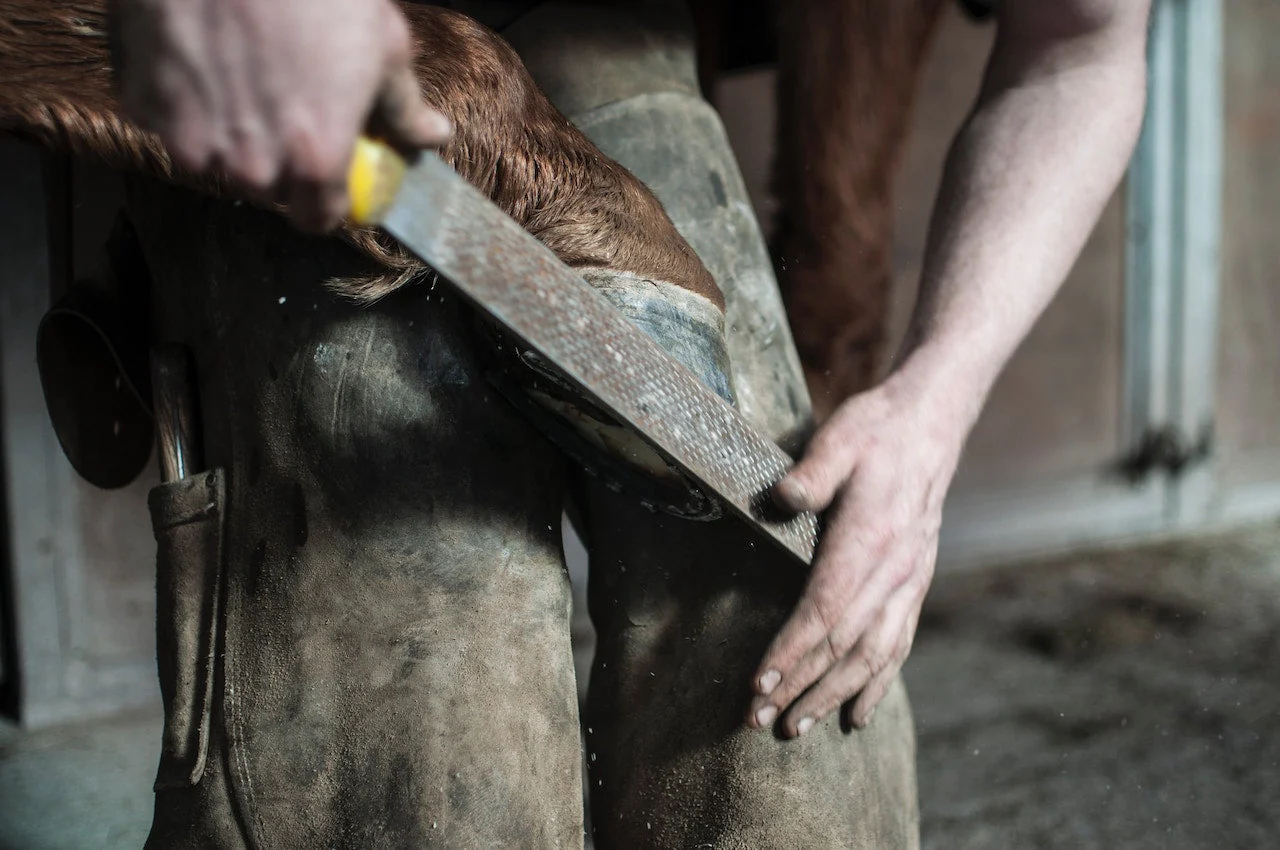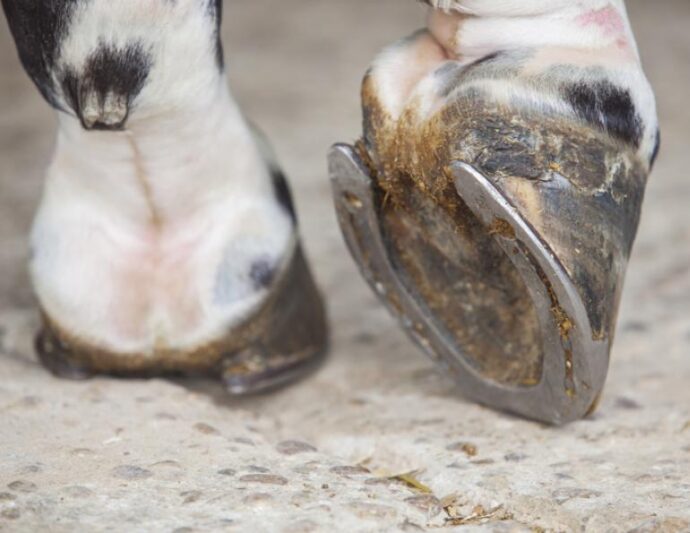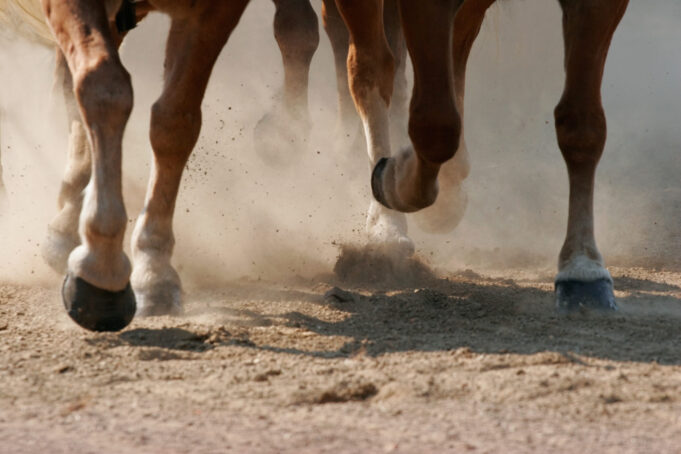Horses, majestic and strong, rely heavily on their hooves for overall health and mobility. This blog post dives into the essentials of hoof maintenance, a critical aspect of horse care. We will explore various techniques and insights to ensure your horse’s hooves are in top condition.
Regular Hoof Care Practices
Regular trimming, ideally every 6-8 weeks, is essential. It prevents overgrowth, which can cause imbalance and strain. A balanced foot aligns with the limb, reducing stress on joints and tendons. Trimming also removes damaged or overgrown areas, preventing cracks and splits.
A skilled farrier plays a pivotal role in hoof care. They assess claw health, consider the horse’s activity level, and make necessary adjustments. Choosing a qualified farrier ensures accurate and tailored care for your horse’s specific needs.
Addressing Common Hoof Problems
Thrush is a common bacterial infection affecting frogs. It’s identified by a foul smell and black discharge. Maintaining a clean, dry environment and regular cleaning helps prevent thrush. Treatment involves cleaning the affected area and using an appropriate thrush medication.
Hoof cracks vary in severity. While superficial cracks might only require regular trimming, deeper ones need professional care. Abscesses, caused by bacteria entering the hoof, result in lameness and swelling. Prompt farrier and veterinary attention are crucial for effective treatment.
Nutrition’s Role in Hoof Health
A balanced diet is key to healthy hooves. Essential nutrients like biotin, amino acids, zinc, and copper promote strong growth. Quality forage, along with a balanced concentrate, supports overall health and quality.
Supplements for Enhanced Hoof Quality
In some cases, supplements can be beneficial. They provide targeted nutrients for strength and growth. However, consult a veterinarian or equine nutritionist before adding supplements to ensure they complement your horse’s dietary needs.
The Impact of Environment on Hoof Health

Living conditions significantly influences hoof health. Constant exposure to wet conditions can soften hooves, making them prone to damage. Conversely, very dry environments can lead to brittle hooves. Striking a balance is essential for maintaining optimal conditions.
Regular cleaning of stalls and paddocks reduces the risk of problems. It minimizes exposure to harmful bacteria and maintains a healthy moisture balance. Providing adequate space for movement also promotes circulation and health.
Advanced Hoof Care Techniques
Advancements in farriery offer solutions for various issues. Techniques like corrective shoeing can address conformational problems. Innovations in boots and synthetic materials provide alternatives for horses with specific needs.
Technology, such as thermal imaging and gait analysis, helps in early problem detection and precise care. These tools assist farriers and veterinarians in developing targeted treatment plans, enhancing the overall effectiveness of care strategies.
The Significance of Exercise in Hoof Health
Exercise plays a crucial role in maintaining hoof health. Regular movement promotes blood circulation in the hooves, essential for healthy growth and repair. However, it’s important to balance exercise with adequate rest. Overworking can lead to stress and injury, while underworking can result in poor circulation and quality.
Each horse’s exercise needs vary based on age, breed, and health status. Designing a customized exercise program ensures that the horse receives the right amount of activity to support health without causing strain or injury. Regular consultation with a veterinarian or equine specialist can help in creating an effective exercise regimen.
Monitoring for Early Signs of Hoof Issues

Early detection of problems can prevent more serious complications. Owners should regularly inspect their horse’s hooves for any signs of abnormality such as cracks, heat, tenderness, or unusual growth patterns. Knowing what’s normal for your horse helps in identifying potential issues early.
Regular veterinary check-ups are invaluable for early detection and management of hoof issues. Veterinarians can provide a more detailed examination and can spot subtle changes that might be missed. They can also recommend preventive measures based on the horse’s specific health and lifestyle.
Integrating Hoof Care into Overall Horse Wellness
Care should not be viewed in isolation but as part of a horse’s overall wellness plan. This holistic approach includes proper nutrition, regular veterinary check-ups, dental care, and a suitable living environment. Each aspect contributes to the horse’s general health and, consequently, to the health of its hooves.
Effective care often requires collaboration between various equine care professionals. Farriers, veterinarians, nutritionists, and trainers all play a role in maintaining hoof health. Open communication and teamwork among these professionals ensure that the horse receives comprehensive care tailored to its individual needs.
Emphasizing the Importance of Proper Hydration
Proper hydration is vital for hoof health. Adequate water intake ensures that the hooves receive essential nutrients and maintain elasticity, reducing the risk of cracks and brittleness. Alongside providing fresh, clean water, using the BEST HOOF CONDITIONER can further aid in maintaining hoof moisture, especially during extreme weather conditions. Owners should always monitor their horse’s hydration, ensuring they are well-equipped to tackle environmental challenges and keep their horse’s hooves in optimal condition.
Seasonal Considerations in Hoof Care
Seasonal changes significantly impact care. In wet seasons, hooves can soften, increasing the risk of bacterial infections like thrush. It’s crucial to maintain a dry, clean environment and regularly pick the hooves to prevent moisture buildup. Conversely, in dry seasons, hooves can become brittle, leading to cracks. Here, the use of moisturizers and conditioners can help maintain elasticity. Additionally, seasonal temperature fluctuations can affect growth rate, necessitating adjustments in trimming and shoeing schedules. By recognizing these seasonal challenges and adapting care routines accordingly, horse owners can ensure their horses’ hooves remain healthy throughout the year, effectively preventing seasonal-related issues.
Educating Horse Owners on Hoof Care

Education is a powerful tool in equine care. Horse owners should be encouraged to learn about basic hoof anatomy, common problems, and maintenance techniques. Workshops, seminars, and consultations with equine professionals can greatly enhance an owner’s ability to provide effective care, ensuring their horses remain healthy and sound.
Conclusion
Maintaining your horse’s hooves is a multifaceted task involving regular care, nutritional support, and environmental management. By understanding the essentials of hoof anatomy, addressing common problems, and utilizing advanced techniques, you can ensure your horse remains happy, healthy, and active. Remember, a horse’s hoof is a cornerstone of its overall health, and diligent care is the key to unlocking their full potential.















